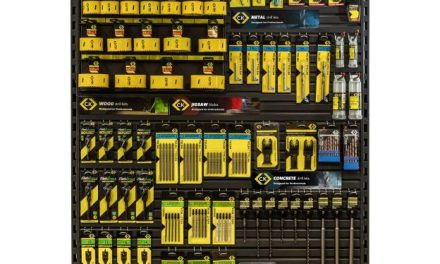 With net zero carbon commitments high on the agenda, it’s vital that the biggest energy users within organisations step up and make serious attempts at reducing carbon consumption. That’s especially the case for data centres, one of the highest consumers of energy within organisations.
With net zero carbon commitments high on the agenda, it’s vital that the biggest energy users within organisations step up and make serious attempts at reducing carbon consumption. That’s especially the case for data centres, one of the highest consumers of energy within organisations.
Data centre professionals clearly want to deliver on carbon obligations, but that can be difficult if they don’t have a clear understanding of room performance from a cooling, capacity and power perspective. While legacy DCIM tools are useful at helping teams manage facilities, many find them limited for the deep data analysis needed to optimise performance at mechanical and electrical levels. That’s particularly concerning when you realise that around 35% of data centre energy consumption is currently taken up by powering cooling equipment!
Data centre cooling energy savings of up to 30% are achievable
So it’s perhaps not surprising that many operations are missing out on proven ways to reduce cooling energy consumption. When new research from EkkoSense assessed cooling performance across a sample of some 133 data centre halls – analysing over 33,000 IT racks – we found the average data centre cooling utilisation level was just 40%. This suggests there’s a considerable opportunity for optimisation, with data centre cooling energy savings of up to 30% per annum achievable using the latest software.
Given that the typical response of an organisation facing IT cooling challenges is to buy more expensive cooling equipment, our findings show that the underlying cause of poor data centre thermal compliance is clearly not a lack of cooling capacity. Instead, facility teams and other technical stakeholders need to focus on optimising their data centres’ thermal performance and using their investment in existing cooling systems more efficiently. This will not only result in reduced cooling costs year-on-year but also eliminates, or defers, the need for capital investment.
When this level of performance optimisation is applied to the broader global estate of midsize, enterprise and larger hyperscale data centres, we believe that a potential cooling energy saving of over $1.7 billion per year is fully realisable. That equates to an overall annual carbon emissions reduction of some 3.3 million tonnes CO2-eq worldwide! This could be secured simply by applying the systematic and synchronised application of data centre cooling optimisation best practices on a global basis.
So perhaps it’s time to stop treating efficient data centre operations as a black art. You don’t need over-complex DCIM suites or expensive and often imprecise external CFD consultancy to tell you what’s going on! That’s why for true data centre infrastructure management, organisations need real-time facility management tools that are aimed at the IT infrastructure, and that provide more granular monitoring and analysis of thermal/energy performance right down to individual IT rack and precision air conditioning units.
By gathering and visualising data at this level, operations teams can start to identify how individual racks and cooling equipment are performing. They can then draw on the latest AI and machine learning analytics capabilities to secure actionable improvements. And that’s a benefit that few data centre teams can afford to ignore – particularly as the pressure to deliver energy savings and meet carbon reduction targets intensifies.


